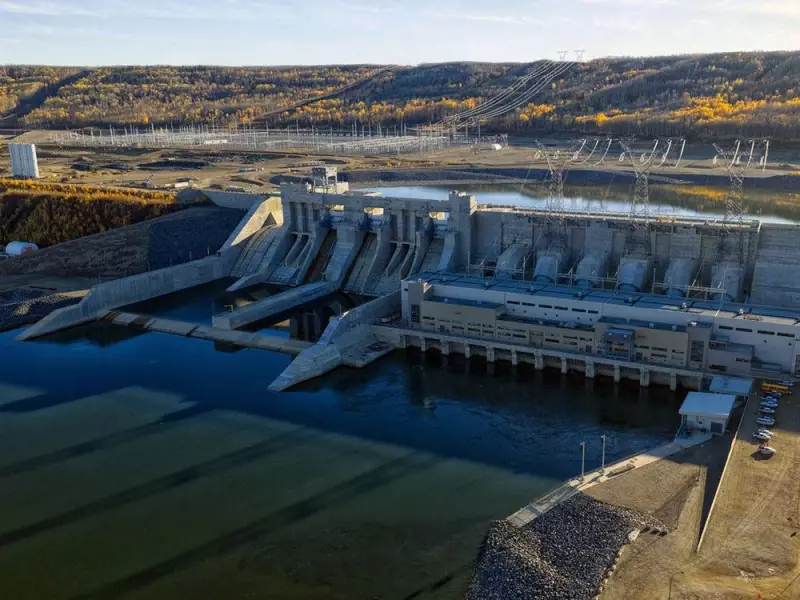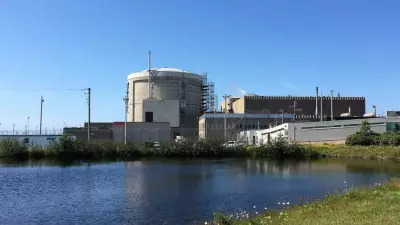
British Columbia's landmark Site C dam project, once hailed as an engineering marvel, has become a case study in how major public infrastructure projects can spiral out of control. According to Vaughn Palmer's revealing investigation, the troubles began long before the first concrete was poured.
The Perfect Storm of Problems
BC Hydro's ambitious plan to build Canada's third largest hydroelectric dam on the Peace River faced a cascade of challenges that ultimately drove costs from an initial $8.8 billion to a staggering $16 billion. The project's foundation—both literally and figuratively—proved far more unstable than anyone anticipated.
Geological Nightmares and Construction Woes
Engineers encountered what one insider described as "the worst ground conditions imaginable" at the dam site. The riverbank's unstable shale foundation required extensive stabilization work that wasn't accounted for in original budgets or timelines. This geological surprise alone added billions to the final cost and years to the completion schedule.
Meanwhile, construction challenges mounted daily. The massive earthworks required moving 80 million cubic meters of material—enough to fill BC Place stadium 32 times over. Equipment failures, labor shortages, and harsh northern BC weather created constant delays.
Management Missteps and Accountability Gaps
Palmer's investigation reveals a troubling pattern of oversight failures and optimistic reporting. Key issues included:
- Early warning signs about budget overruns were minimized or ignored
- Contractor management proved inadequate for a project of this scale
- Risk assessment processes failed to account for worst-case scenarios
- Communication breakdowns between technical teams and senior management
The Political Pressure Cooker
Behind the scenes, political considerations complicated decision-making. The project had become so symbolically important that stopping it seemed unthinkable, even as costs mounted. This created what one observer called "a reverse sunk-cost fallacy"—the more money spent, the harder it became to reconsider whether the project made economic sense.
Lessons for Future Mega-Projects
The Site C experience offers hard-won lessons for future large-scale infrastructure projects across Canada:
- Honest assessment matters: Early, realistic risk evaluation could have prevented many problems
- Transparency is crucial: Regular, candid reporting to the public and stakeholders builds trust
- Expertise cannot be shortcut: Complex projects require experienced leadership at every level
- Flexibility saves money: Building in contingency plans for unexpected challenges pays dividends
What's Next for Site C and BC Ratepayers?
With the project now nearing completion, British Columbians face the reality of paying for this $16 billion undertaking through their electricity bills. The dam is expected to provide power for approximately 450,000 homes, but at a cost that will reshape BC Hydro's financial landscape for decades.
As Palmer's investigation concludes, the true test of Site C's value may not be whether it generates electricity, but whether future governments and Crown corporations learn from its difficult birth.





